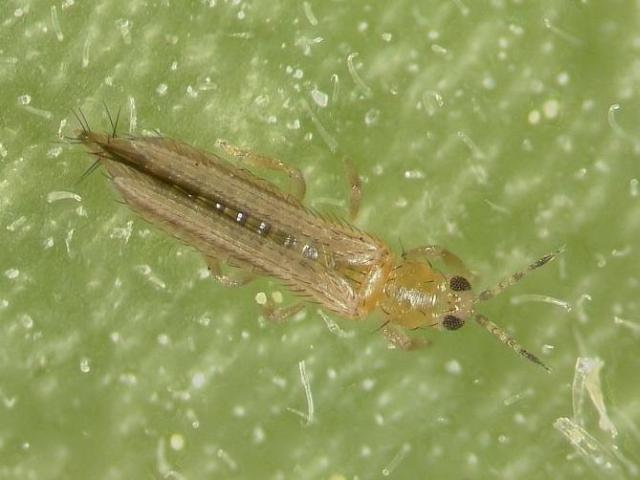Thrips pressure is currently low across the South Florida region. But this is the time of year when populations are expected to increase, according to the South Florida Pest and Disease Hotline.
Vegetable growers, especially those with crops susceptible to thrips-vectored viruses, need to monitor populations and start management options early.

Thrips pressure is starting to increase in most crops across Southwest Florida. Populations are low to moderate depending on the field in the Miami-Dade County area. Asian bean thrips populations have declined in beans, though melon thrips and western flower thrips are increasing.
Melon thrips were also reported in squash. Blossom thrips and western flower thrips have also been observed in tomatoes.
Reports in Central Florida indicate that thrips populations are low in tomatoes and peppers.
Culture practices are recommended when treating for thrips. Reflective plastic mulches on field margins can help repel the insects. Growers should also avoid planting tomato within 1,000 feet of an ornamental nursery. Also, a non-host crop can serve as a barrier to help reduce flower thrip infestations on vegetable crops.
Scout fields regularly to confirm the level of infestation. If populations are below threshold levels, use softer insecticides to reduce the impact on beneficial insects. Never use insecticides unless you are sure about the status of thrips in your field.
Click here for additional information about thrips.









